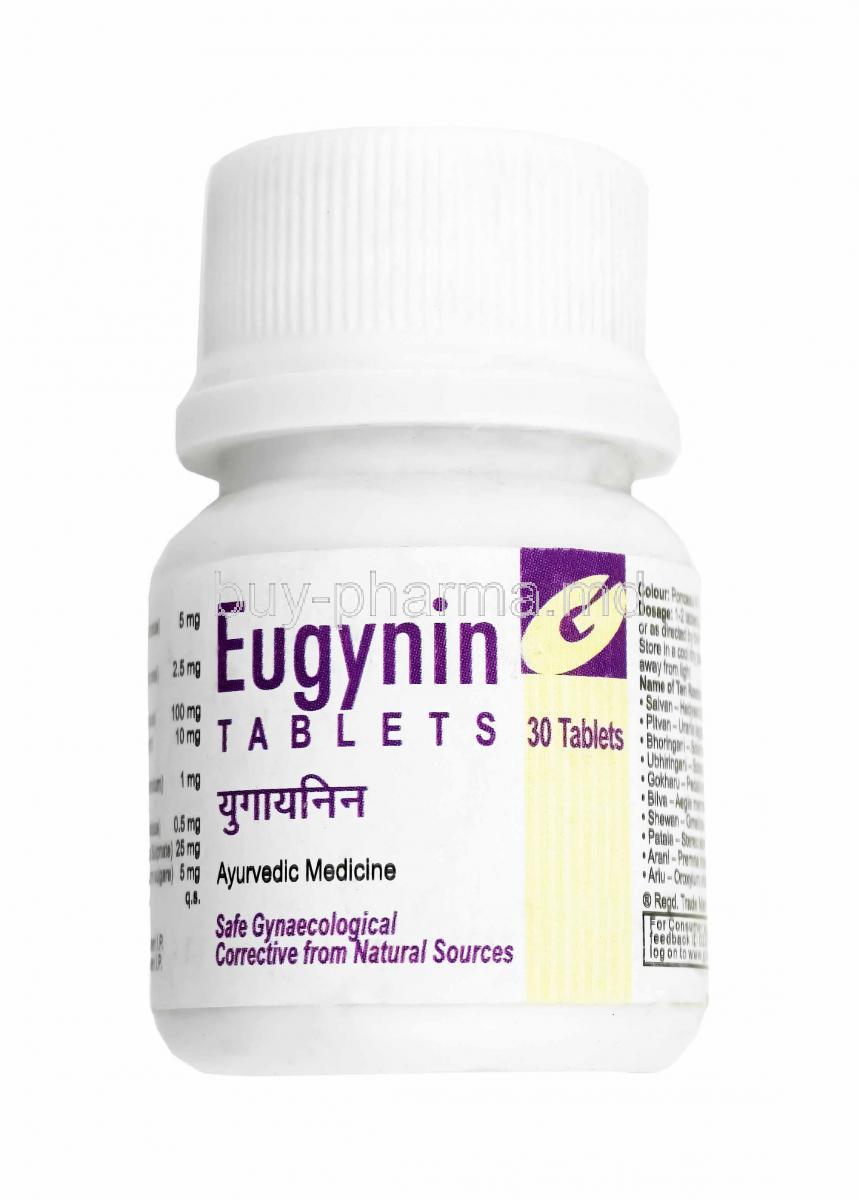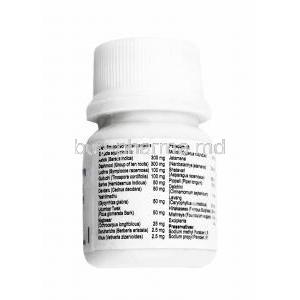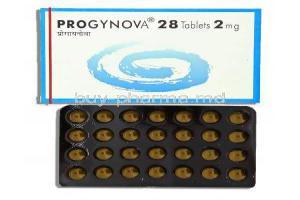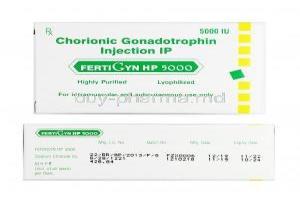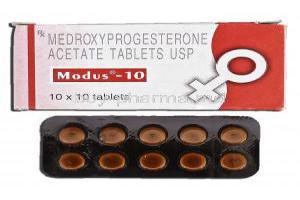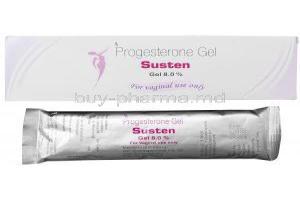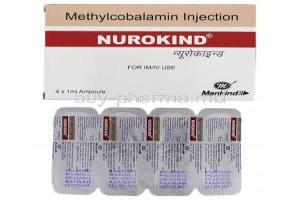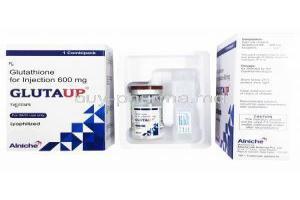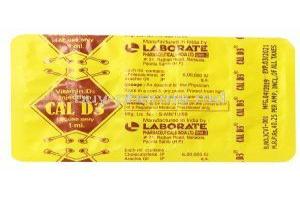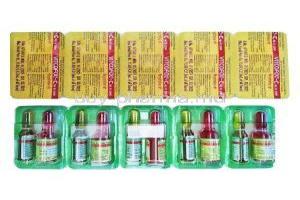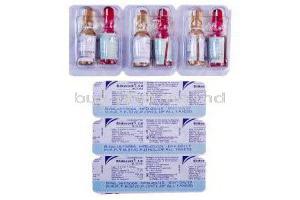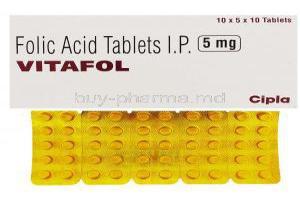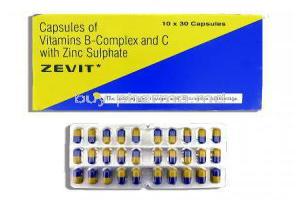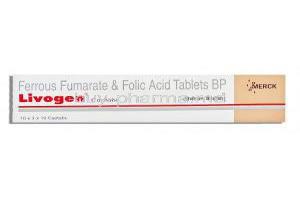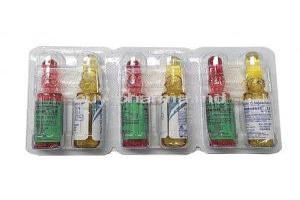Eugynin
- I. Introduction
- II. Composition of Eugynin
- III. Mechanism of Action: How Eugynin Works
- IV. Uses of Eugynin
- V. Off-Label Uses of Eugynin
- VI. Dosage and Administration
- VII. Side Effects of Eugynin
- VIII. Interactions with Other Medications
- IX. Special Considerations in Administration
- X. Contraindications and Warnings
- XI. Important Precautions
- XII. Overdose Information
- XIII. Storage and Handling Precautions
I. Introduction
A. Overview of Eugynin
Eugynin, a pharmaceutical product, has become essential to modern medical practice. Its unique composition, combining effectiveness and safety, treats a range of health conditions, making it widely used in medical treatments.
B. Historical Background and Development
The creation of Eugynin stands as a testament to the commitment to progress in the medical field. Its evolution, based on research and rigorous clinical trials, represents a significant milestone in the history of pharmaceuticals.
C. Scope of the Article
This extensive discussion seeks to explore the aspects of Eugynin in a thorough and detailed manner. We will dive into its composition and wide range of applications, analyzing each facet with scholarly precision and clinical expertise.
II. Composition of Eugynin
A. Active Ingredients
The key components found in Eugynin play a role in its effectiveness as a treatment. These chosen substances possess powerful pharmacological properties that form the foundation of the drug efficacy.
The tablet contains the following ingredients:
- Ashok (Saraca indica) - 450 mg
- Dashamool Bark - 450 mg
- Agnimantha (Premna mucronata)
- Shyonaka (Oroxylum indicum)
- Patala (Stereospermum suaveolens)
- Gambhari (Gmelina arborea)
- Brihati (Solanum indicum)
- Kantakari (Solanum xanthocarpum)
- Gokshura (Tribulus terrestris)
- Shalaparni (Desmodium gangeticum)
- Prishnaparni (Uraria picta)
- Lodhra (Symplocos racemosa) - 200 mg
- Guduchi (Tinospora cordifolia) - 200 mg
- Khadir (Acacia catechu) - 200 mg
- Yasthimdhu (Glycyrrhiza glabar) - 100 mg
- Udumbara (Ficus glomerata) - 100 mg
- Sariva (Hemidesmus indicus) - 75 mg
- Devadaru (Cedrus deodar) - 75 mg
- Nagkeshar (Ochrocarpos longifolius) - 50 mg
- Powders of Shatavari (Asparagus racemosus) - 150 mg
- Mishreya (Foeniculum vulgare) - 50 mg
- Pippali (Piper longum) - 15 mg
- Musta (Cyperus rotundus) - 10 mg
- Jatamansi (Nardostachys jatamansi) - 5 mg
- Daruharidra (Berberis aristata) - 5 mg
- Khus (Andropogon muricatus) - 5 mg
- Dalchini (Cinnamomum cassia) - 1.5 mg
- Lavang (Caryophyllus aromaticus) - 1 mg
- Yashadhasma (Calx of zinc) - 50 mg
- Vang bhasma (Calx of tin) - 25 mg
- Hirakasis (Ferrous sulphate) - 25 mg 1
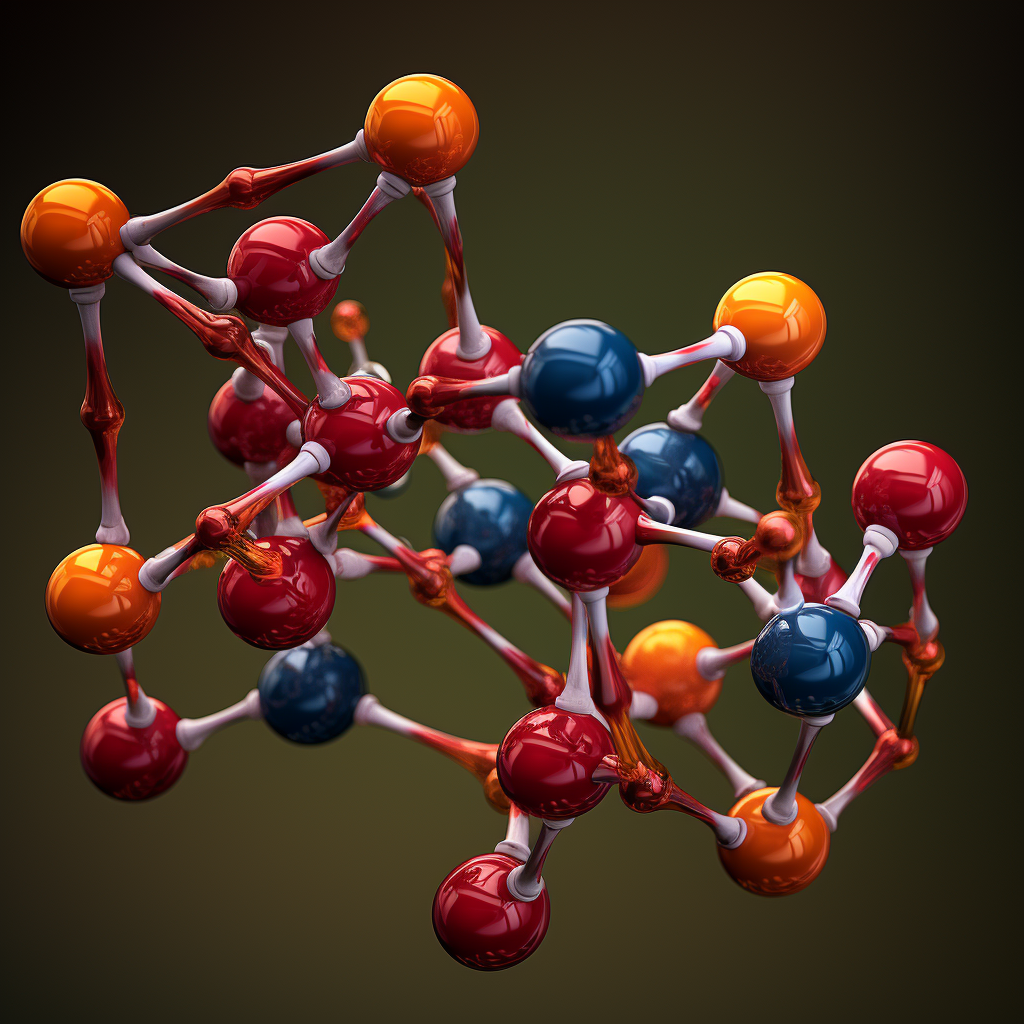
B. Excipients and Formulations
Apart, from the components, the excipients of Eugynin play a vital role. These additional substances, even though they don't have a role greatly contribute to improving the drug stability and how effectively it can be absorbed in the body.
C. Pharmacological Properties
The field of pharmacology surrounding Eugynin is like a patchwork of possibilities. Every component works together giving the medication a range of effects.
III. Mechanism of Action: How Eugynin Works
A. Pharmacodynamics
Eugynin exemplifies the ingenuity of pharmaceuticals with its precise approach, to targeting specific physiological pathways resulting in the desired therapeutic effects.
B. Biochemical Interactions
The intricate dance of molecules between Eugynin and the human body is a yet powerful partnership. These interactions, which are both nuanced and impactful, form the foundation for the drug's effectiveness and safety profile.
C. Therapeutic Effects
The clinical versatility of Eugynin is evident in its ability to provide benefits. It effectively treats a range of conditions and significantly improves patient outcomes.
IV. Uses of Eugynin
A. Primary Indications
Eugynin-L Tablet is a proprietary Ayurvedic medicine manufactured by Gufic Herbal Company. It is mainly used in the treatment of vaginitis, recurrent vaginal infections, and leucorrhoea1.
V. Off-Label Uses of Eugynin
A. Exploring Unapproved Indications
Although Eugynin is officially authorized for conditions, there has been growing interest in its off-label usage. These unofficial applications, while not endorsed formally, have demonstrated potential in research.
B. Research and Case Studies
Research that is currently emerging and various case studies provide information about the potential off-label uses of Eugynin. These early exploratory efforts suggest that there might be possibilities for this drug.
C. Ethical and Legal Considerations
The use of Eugynin for purposes not approved by authorities, although it may have potential benefits, raises ethical and legal concerns. It is essential to approach this matter weighing the possible advantages against the existing regulations, in place.
VI. Dosage and Administration
A. Standard Dosage Guidelines
The Eugynin administration follows recommended dosage guidelines designed to achieve therapeutic results. These guidelines serve as a framework for efficient usage.
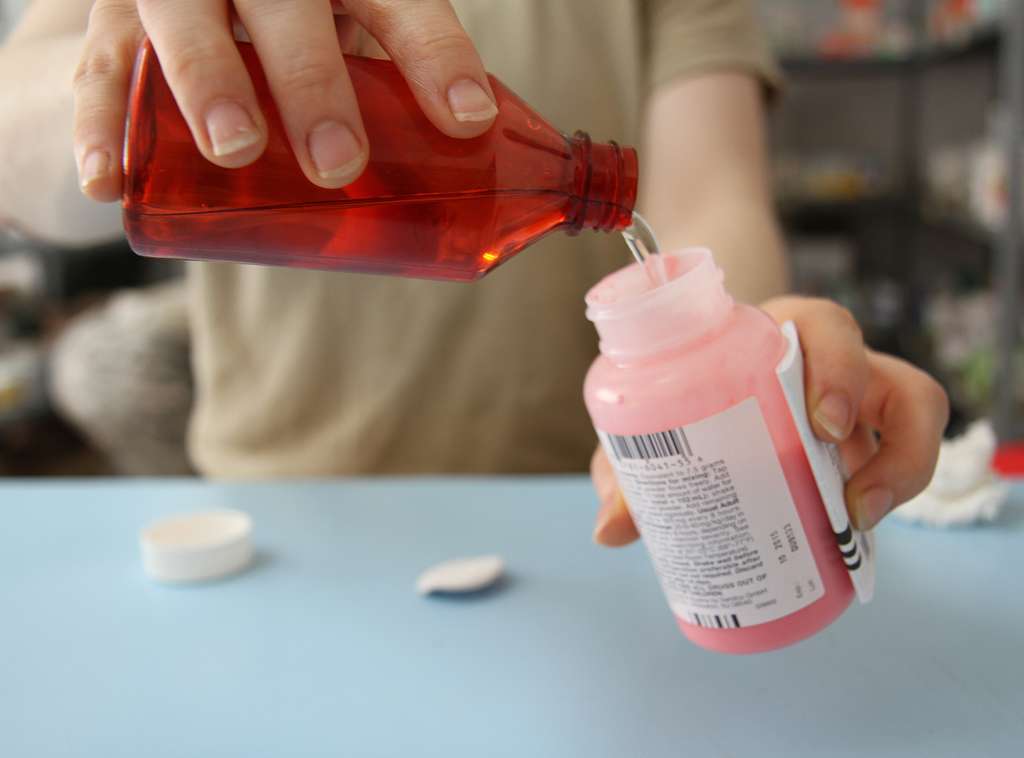
B. Adjustments for Specific Populations
It is essential to make dosage adjustments for different populations, including the elderly and individuals with renal impairment. These modifications are vital in ensuring that Eugynin is used safely and effectively in a range of patients, considering their unique characteristics and needs.
C. Administration Techniques and Best Practices
It is crucial to follow the recommended guidelines for administering Eugynin. These guidelines cover both intravenous methods, ensuring that the drug works effectively while minimizing any possible risks.
VII. Side Effects of Eugynin
A. Common Side Effects
According to the manufacturer, Gufic Herbal Company, no recorded side effects are associated with Eugynin-L Tablet 123. However, it is always advisable to consult a physician before taking any medication, especially if you have any underlying medical conditions or are taking other medications.
VIII. Interactions with Other Medications
A. Contraindicated Combinations
Certain combinations of drugs should not be taken with Eugynin because they can have effects. It is essential to avoid these interactions.
B. Potentially Harmful Interactions
Potential interactions that could be harmful, although not as severe as contraindications, should be approached with caution. These interactions might require adjustments in dosage or the consideration of alternative treatment approaches.
C. Advised Precautions
It is vital to advise patients on the precautions to take when using Eugynin alongside other medications. This guidance, based on prudence helps reduce the likelihood of negative interactions.
IX. Special Considerations in Administration
A. Administration to Elderly Patients
When giving Eugynin to patients, it's vital to consider the physical changes that occur as people age. These changes can impact how the drug is processed and works in the body. Older patients may need adjustments to their dosage. Require more careful monitoring for possible side effects.
Here are some factors that should be considered:
- Lower doses might be necessary if there is reduced kidney function.
- There's a possibility of being more sensitive to the medication.
- Having medical conditions and taking multiple medications can increase the chances of experiencing adverse reactions.
B. Use in Pregnant Women and Nursing Mothers
Regarding women and nursing mothers, it's important to approach Eugynin's safety with caution. We need to consider the potential risks it may pose to the fetus or nursing infant and balance them against the benefits for the mother.
Some key things to think about are:
- The possibility of Eugynin causing birth defects or harm to the developing fetus.
- Whether Eugynin is passed into breast milk. Suppose it could have any effects on the baby.
- Exploring therapies or adjusting dosage during pregnancy and breastfeeding. We must take all these factors into account while making decisions regarding Eugynin for women and nursing mothers.
C. Pediatric Use: Safety and Dosage
Administering Eugynin to children requires attention due to the different ways their bodies process the medication. It is essential to adjust the dosage based on factors such as age, weight, and developmental stage.
Some important considerations include:
- Ensuring the safety and effectiveness of Eugynin for age groups of children.
- Adapting the dosage to match each child's metabolic rate.
- Monitoring for any side effects that may be unique, to pediatric patients.

X. Contraindications and Warnings
A. Known Contraindications
Eugynin should not be used by individuals who have medical conditions or hypersensitivities. It is crucial to avoid these contraindications in order to prevent any serious adverse effects.
- These contraindications include having a hypersensitivity to Eugynin or any of its components,
- as well as having specific health conditions that could worsen with the use of Eugynin.
B. Warnings for Specific Health Conditions
People who have health conditions need to be careful when using Eugynin. Having these warnings in place is essential to reduce the chances of their underlying health problems worsening.
- Patients with renal or hepatic impairment.
- Individuals with a history of certain cardiovascular conditions.
C. Legal and Regulatory Warnings
Healthcare providers need to be aware of the approved uses and regulations regarding off-label use as specified by bodies. It is essential for them to understand the consequences that may arise from noncompliance, with these regulations.
XI. Important Precautions
A. Monitoring and Follow-up
Regularly monitoring and staying in touch with patients taking Eugynin is essential. This helps ensure that the treatment is effective and allows for the detection of any potential side effects.
Some important aspects to consider are:
1. Periodically evaluating the results of liver function tests.
2. Keep an eye out for any signs of reactions or interactions with other medications.
3. Regularly consult with the patient to assess how well the treatment works.
If they can tolerate it. By following these steps, we can ensure that patients receiving Eugynin have the possible outcomes while minimizing any potential risks or complications.
B. Lifestyle and Dietary Considerations
Considering lifestyle and diet when using Eugynin is important, as these factors can impact its effectiveness and safety.
Patients should be informed about the following recommendations:
- It is advisable to avoid alcohol and certain foods that may interact with Eugynin.
- Making positive lifestyle changes that align with the treatment can be beneficial.
C. Emergency Situations
In situations involving Eugynin, it is crucial to act swiftly and appropriately.
This includes being able to recognize the signs of adverse reactions or overdose, taking immediate medical intervention measures, and having access to emergency contact information for healthcare providers.
XII. Overdose Information
A. Symptoms of Overdosage
It is crucial to effectively identify the symptoms of a Eugynin overdose for proper treatment. These symptoms may include physiological or neurological signs that indicate an overdose. The severity of these symptoms may vary depending on the amount of overdosage.
B. Immediate Actions and Antidotes
When someone has taken much of a substance, it is crucial to take immediate steps to minimize any potential harm. This involves giving antidotes if available and providing supportive care and treatment for the symptoms.
C. Long-term Management of Overdose
After an overdose long-term management may include:
1. Ongoing monitoring to detect any delayed effects.
2. Making adjustments, to the medication routine to prevent a recurrence.
XIII. Storage and Handling Precautions
A. Recommended Storage Conditions
To ensure that Eugynin remains effective and doesn't degrade, it is crucial to store it. Here are some recommended storage conditions:
- Keep it at a temperature and humidity level.
- Protect it from exposure to light and moisture.
B. Handling and Disposal Protocols
It is vital to handle and dispose of Eugynin safely to avoid any environmental exposure or harm. It is essential to follow guidelines that include disposal methods by ecological regulations and implementing handling procedures to prevent contamination or mishandling.
C. Safety Measures for Healthcare Providers
Healthcare professionals need to follow safety precautions while handling Eugynin to ensure their and their patients' safety.
These precautions involve:
1. Wearing personal protective equipment.
2. Adhering to protocols that ensure the administration of Eugynin.
Healthcare providers must prioritize safety and take steps to minimize risks associated with Eugynin handling.

